News

17 Nov, 2023
AI-fuelled Sensory: Driving agility through AI technologies
Read More
Andy Wardlaw
01 Jul, 2021 | 4 minutes
“Are there other categories with this much potential?” asks Andrew Wardlaw, Chief Ideas Officer at the MMR group of companies. “There’s an unparalleled buzz around No & Low alcohol at the moment. I think we’re at the beginning of something very big indeed.”
Joe Goyder, Founder of Huxly Global offers a sobering point of reference. “Here in the U.K, the total No & Low category is still smaller than Fanta.”
The growth opportunity is real, reinforced by official forecasts, but how far and how fast we can grow this category is in all our hands.
So, for eager entrepreneurs and inventors, here are 10 of the best bits that can be used to shape your thinking.
Data captured by Toluna for MMR has found that only 27% of Brits think product quality in the No & Low space is good or very good. This drops to 21% in America. Younger consumers, who may have escaped the industry’s earlier attempts to mimic alcohol have a more favourable take: 35% of Brits 18-34 think product quality is good or very good, for example. Shifting perceptions will be slow but shift they must! Take Germany, where the No & Low category is a much bigger relative to alcohol. Our survey found that 48% of Germans have a favourable opinion of product quality – reflecting prolonged experience to some pretty decent local brews. Shift perceptions and you can shift more product.
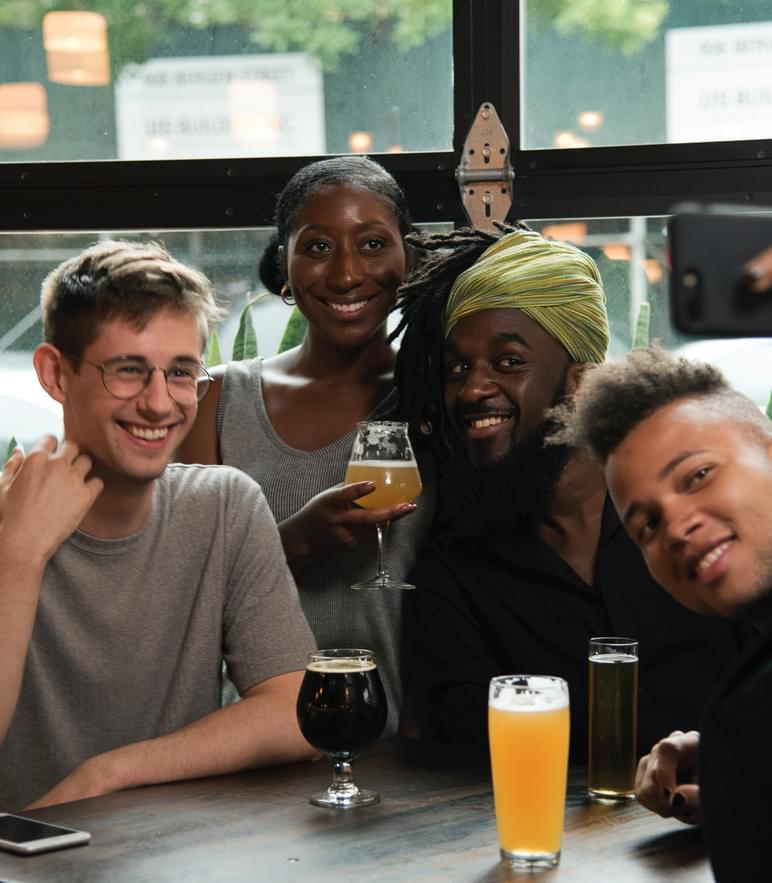
Aileen Bentall, Head of Brand Intelligence at Heineken acknowledges that the 0.0 customer mostly drinks standard beer as well. “0.0 has enabled us to build weight of purchase for Heineken. The consumer might start out with our original brew and move on to 0.0 later that same evening.” Heineken’s experience is reflected in data supplied by IWSR, indicating that 58% of No & Low occasions were shared with alcohol consumption.
That said, Aileen acknowledges that initiatives such as Dry January are driving new trial. “We saw participants in Dry January grow from 3.9m in 2020 to 6.5m in 2021 in the U.K alone.”
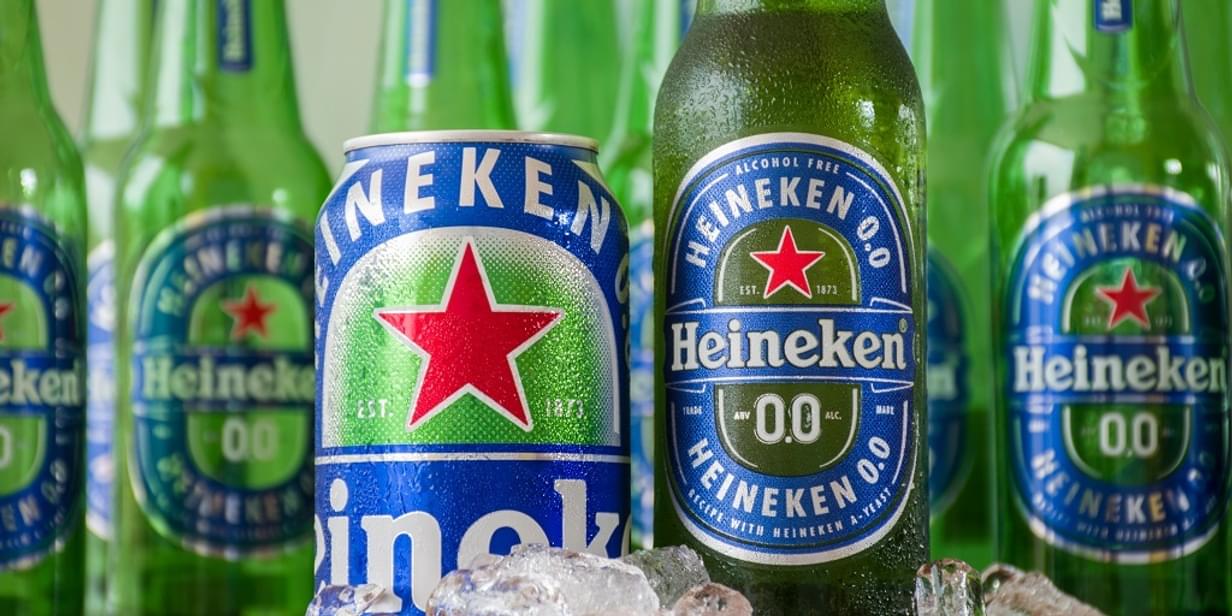
Despite people’s hesitancy around current quality standards, the glasses are mostly half full when it comes to future prospects. In the U.K, 44% believe that product will get better (vs. 38% who think it will stay the same). Glasses are still half empty in the U.S, where only 36% believe that the product will improve (43% for stay the same). Brazilians are the most optimistic, with 49% expecting an upturn in quality.
With people expected to drink at home more than was the case pre-pandemic, there is every chance that No & Low will increase its share of occasions. We have evidence that No & Low has established itself across weekday occasions, and there is anecdotal evidence that consumers feel less peer pressure when making choices at home compared to when out with friends.
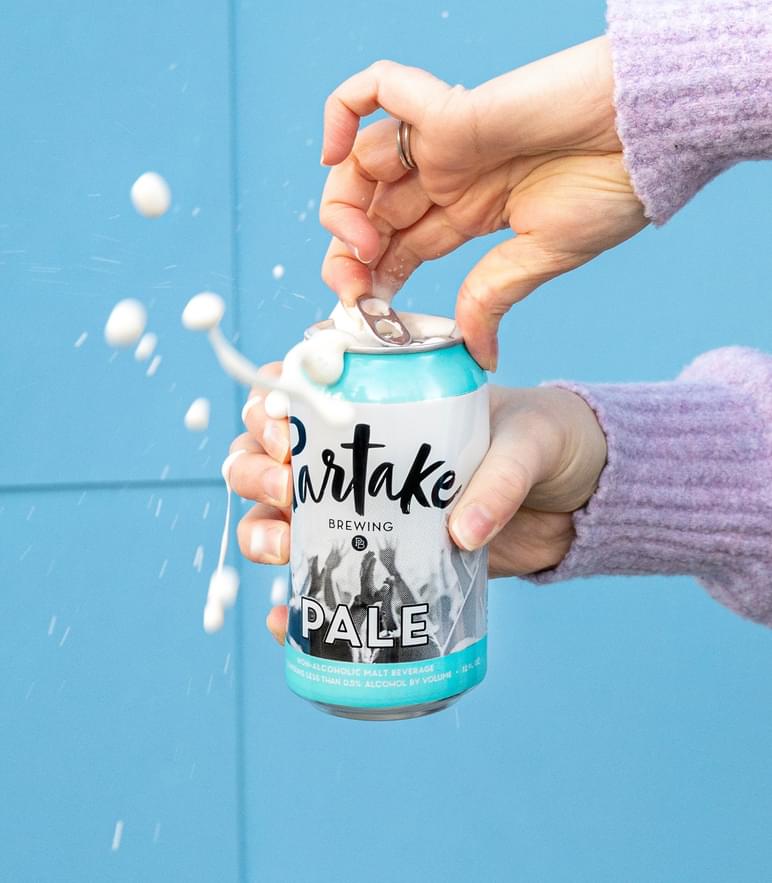
Ted Fleming, Founder of Partake, one of North America’s most successful No & Low craft beers, is confident that people who were previously forced to be in the category, maybe as the designated driver, are now wanting to be in the category. “This category no longer screams compromise” he says. “Since COVID, more people have discovered that our products offer a happy medium and an almost seamless experience from alcoholic beer.” Notably, Ted now considers Partake as a refreshment company, which gives the brand a lot more breadth than people give it credit for.
MMR’s Sensory unit singles out Tanqueray for its initial aromatic hit. “It delivers a highly aromatic experience right from the start, which makes you believe that you are about to enjoy a truly authentic gin experience. Developers should not underestimate the importance of this early moment of truth” advises Amy Hayward, Sensory Qual Research Manager, “as it can shift the perceived reality of what follows.”

Sensory analysis of a range of No & Low lagers revealed that many liquid experiences fail to end well. “Some brands do a great job of matching the sensory experience of alcohol before the swallow, but few are able to emulate alcohol beyond this point, often lacking the lingering bitterness” reports Amy. “We found that aftertaste tends to drop off pretty rapidly with No & Low lagers. However, with IPAs, due to their more complex flavour profile and being slightly more bitter to begin with, there is a little bit more to play with. Ghost Ship from the Adnam’s Brewery in the U.K is a great example of an IPA that leaves a positive lasting impression, with slight maltiness and hoppy and bitter notes that linger.”
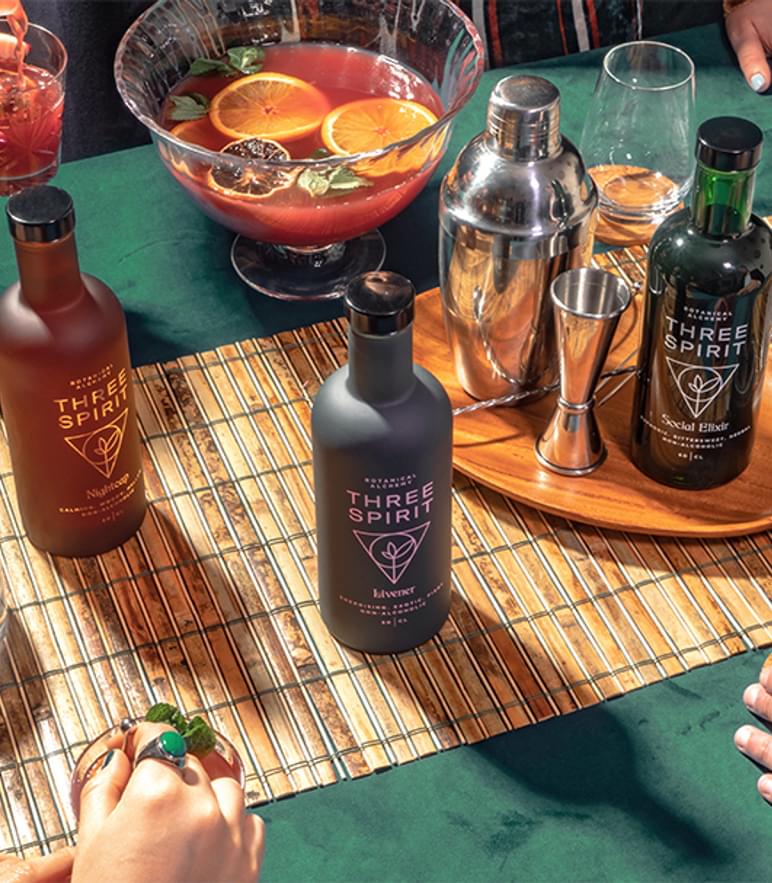
Alternative Spirits is probably the most creative sector in the whole of No & Low, where inventors are not simply trying to match iconic liquids such as vodka, rum and gin – they are making entirely new spirits. “We wanted to create liquids with impact” says Dash Lilley, Co-Founder of Three Spirit. “Everything we do is about mimicking the positive effects of alcohol.” By which he means that immersive, savouring experience that oils the wheels of social interaction. Moreover, the brand is adding functionality. Its best seller, Nightcap, offers a dose of valerian root to aid sleep, for example. And 96% of its drinkers agree that they get better sleep as a result.
For No & Low liquids, complexity is the goal. After all, take out the alcohol and you run the risk of a rather hollowed out and monotone liquid experience. And nobody has time for that! But what do we mean by complexity? According to our sensory team, we need to think about it in terms of creating a flavour journey –liquids that are characterised by a series of impacts. That is, a building of different flavours, textures, heating, and cooling sensations over time. This was particularly evident with Three Spirit’s Livener product. “This is a product that really convinces the user of a savouring experience. The series of taste impacts that evolve over time provide an evolving experience for the consumer. It starts with ripe berry and floral green notes, followed by high acidity from the berry with hints of exotic fruits and finally finishing on an interesting chilli heat which grows in intensity whilst still remaining slightly sweet. We can absolutely see why this product is winning awards.”
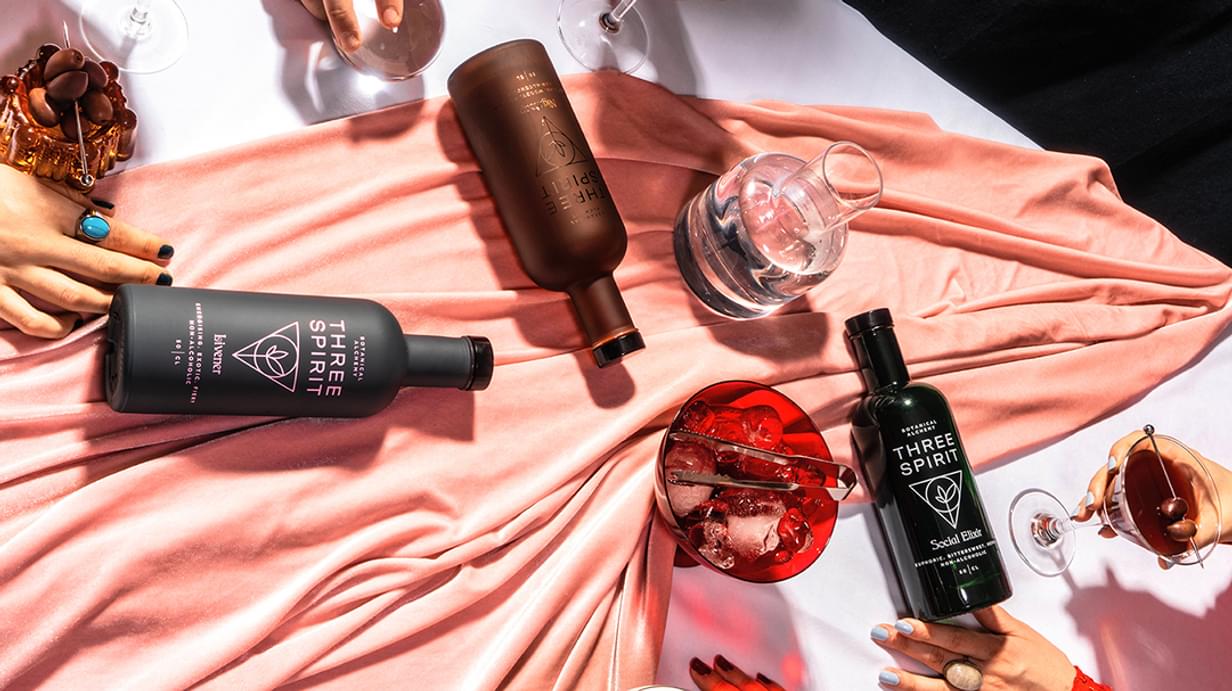
To reach the full potential of this category, it is vital that we move out of a free-from mindset. People’s expectations are low. Something radical has to happen. As we emerge from this pandemic, it’s entirely possible that we’re on course for the most decadent decade since the 1920s. That means No & Low must step up with more challenging liquids that can more than hold their own against iconic liquids such as gin or vodka. Doubling down on truly distinctive, intense and memorable sensory signatures will be the way to make a lasting impression.
So let’s get this party started.
Are you curious about how you can optimise your No & Low products, or considering innovating in the category for the first time? Get in touch – we’d be more than happy to supercharge your innovation with our sensory expertise.
If you'd like to understand a bit more about us or find out how we can help solve your challenges, check out our team's availability and book in a call at a time that suits you.
If you'd prefer to chat over email, fill out your details below and we'll get back to you as soon as we can.